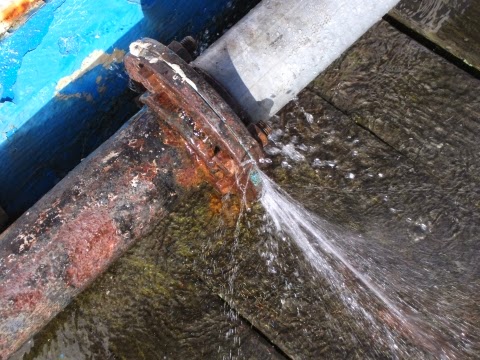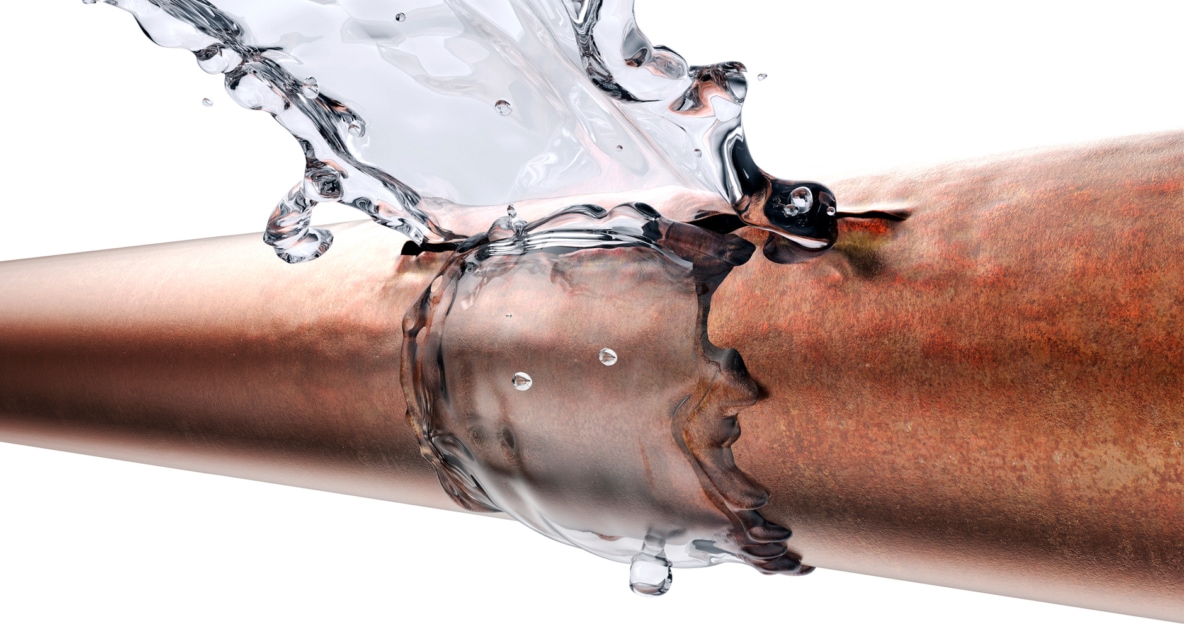Stop the Flood: Techniques for Spotting and also Taking Care Of Burst Pipes
Stop the Flood: Techniques for Spotting and also Taking Care Of Burst Pipes
Blog Article
What are your thoughts about How to Prepare for Your Dishwasher Installation?

A ruptured pipe is a significant emergency; you can just stand as you enjoy water you pay a lot to rejoin with the planet. In even worse cases, you notice a pool on your cooking area flooring, which is a fantastic journey threat, especially if you have kids around. If the pipeline that ruptured was in your wall surfaces, trouble: you may need to paint that whole section.
How can a catastrophe like a ruptured pipe be avoided and handled? Well, by listening to your expert emergency plumbing professionals as well as adhering to these guidelines.
How do I know when my pipes have burst?
Changing water stress
Pipelines do not just burst in a day. You may have seen that your cooking area tap or shower doesn't run instantly when you turn the tap. It might pause for a few secs and then blast you with more force than typical.
In other circumstances, the water might appear regular in the beginning, then drop in stress after a few seconds.
Damp walls as well as water spots
Prior to a pipeline ruptureds, it will certainly leakage, the majority of times. If this persistent leaking goes unnoticed, the leak may graduate into a large tear in your pipeline. One simple method to avoid this emergency is to watch out for wet walls ad water stains. These water stains will lead you right to the leak.
Puddles under pipes and sinks
When a pipeline ruptureds, the discharge creates a pool. It may appear that the puddle is expanding in size, and no matter the amount of times you wipe the pool, in a couple of mins, there's one more one waiting to be cleaned. Frequently, you may not have the ability to map the pool to any type of visible pipelines. This is an indicator to call an expert plumber.
Untraceable leaking noises
Pipe ruptureds can happen in the most undesirable areas, like within concrete, inside wall surfaces, or under sinks. When the house goes quiet, you may be able to listen to an aggravatingly consistent leaking noise. Also after you have actually inspected your shower head and kitchen faucet, the leaking may continue.
Precious reader, the trickling might be coming from a pipeline inside your wall surfaces. There isn't much you can do about that, other than tell an expert plumber.
Shut down the Water
When water freezes, it expands in volume by about 9 percent. And also it broadens with remarkable force: The stress inside pipes might go from 40 extra pounds per square inch to 40,000 psi! No pipe can hold that much stress, so it bursts. The break may take place where the ice types, but regularly, it happens where water pressure locates a vulnerable point in the pipe. That might be inches or perhaps feet from the icy location. Discover the water shutoff valve and switch off the water to avoid more damages. You may also need to shut off the power also, depending on where the leakages occurs and also exactly how large it is.
Polluted water
Lots of people think a burst pipeline is a one-way outlet. Rather the contrary. As water flows out of the hole or laceration in your plumbing system, contaminants locate their way in.
Your water might be contaminated from the source, so if you can, examine if your water storage tank has any kind of issues. Nonetheless, if your drinking water is provided and detoxified by the city government, you need to call your plumber right away if you see or scent anything funny in your water.
What do I do when I detect a burst pipeline?
Your water meter will certainly continue to run even while your water wastes. To decrease your losses, discover the major controls as well as transform the supply off. The water mains are an above-ground structure beside your property.
How to Fix & Detect a Leaking Pipe
How Do I Know if a Pipe is Leaking?
Leak detection tests can help you determine if your pipe has a leak. Even if you don’t see an apparent leak, you should still conduct leak detection tests regularly to save water and money—and prevent major damage to your home.
Water meter. It can be helpful to figure out what your usual water meter usage numbers are and then monitor them regularly. To monitor your meter, first, turn off all water faucets in your home. Check the meter and write down the numbers. In a few hours, check the meter again. If the numbers have changed, you have a leak. Water gauge. Use a water gauge to test your water pressure. Your showerhead should produce a certain amount of water pressure based on its model and design. If the pressure is lower than it is supposed to be for that specific showerhead, your home likely has a leak. Puddles. Look inside your bathroom, laundry, and kitchen sink cabinets. Puddles around the cabinets or around toilets, tubs, showers, and washing machines indicate the presence of a leaking pipe. You may also notice loose tiles, peeling or flaking paint, or mold caused by water accumulation. Napkin test. Even if you don’t see any puddles, you may still have a leak. You can test for water leaks in the bathroom, laundry, and kitchen by wiping below-sink connections with a napkin, paper towel, or piece of toilet paper. If it becomes damp, you probably have a leaking pipe under the sink. Discolored walls. Walls that are discolored—usually with brown or yellow stains—or bulging might mean that they have been impacted by water damage caused by a leaking pipe. Smell. A leaky pipe will create sitting water, and over time, that water may develop a musty smell. If your home smells musty, but you can’t locate the source, it may be due to a leak. Steps for Fixing a Leaking Pipe
A leaky drain can be remedied by tightening the pipe base, replacing the drain seal, caulking the rim, and tightening the pipe nut. Similarly, a leaking toilet pipe can be treated by tightening the packing nut. You may also need to replace the valve. A leaky faucet may just need tightening or replacement of the washers. If that doesn’t work, consider replacing your faucet. If your pipe has a hole in it, you may want to use a pipe leak sealer or pipe leak tape. This quick fix for water pipe leaks can also temporarily fix a copper pipe leak. https://www.ahs.com/home-matters/quick-tips/how-to-tell-if-pipes-are-leaking/

We had been shown that editorial on What to Know Before Installing a Dishwasher through an associate on our other blog. Enjoyed reading our post? Please share it. Help someone else check it out. I appreciate reading our article about What to Know Before Installing a Dishwasher.
Book Appointment
Report this page